Stephen E. Braddock's Ireland Diary
Kilmainham Gaol (1796-1924) & Mountjoy Gaol (1850-Present).
Kilmainham was founded by the British in 1796 as Dublin's 'New Gaol' (jail), Kilmainham operated as a prison until 1924. During its history, the gaol contained not only ordinary criminals including women and children, but also many political prisoners.
My great grandfather, Francis (Frank) Joseph Clarke was jailed there as a political prisoner at the age of 16 or 17 years. His youngest son of 13 children, my grandfather, Peter Benedict Clarke, would later be imprisoned for his leadership in the fight for Irish independence from England. By 1915 my great grandfather, grandfather, many uncles and aunts, were all involved with the effort to win Irish Independence from England. In August 1922, my grandfather was captured by the British and taken to prison where he where he took part in an attempted escape by tunneling underground before Christmas 1922. He was transferred to military barracks in County Kildare called Curragh Camp.
From Curragh he was transferred to Mount Joy Prison in Dublin which was designed by the British and opened in 1850. Irish leaders involved with the Irish War of Independence and Irish Civil War were held there, including my grandfather. He took part in a 42-day hunger strike to try to force the release of all political prisoners. As a result, he was released in 1924.
frbraddock
23 chapters
16 Apr 2020
Day 3: Dublin
August 10, 2018
|
Dublin City Centre
Kilmainham Gaol (1796-1924) & Mountjoy Gaol (1850-Present).
Kilmainham was founded by the British in 1796 as Dublin's 'New Gaol' (jail), Kilmainham operated as a prison until 1924. During its history, the gaol contained not only ordinary criminals including women and children, but also many political prisoners.
My great grandfather, Francis (Frank) Joseph Clarke was jailed there as a political prisoner at the age of 16 or 17 years. His youngest son of 13 children, my grandfather, Peter Benedict Clarke, would later be imprisoned for his leadership in the fight for Irish independence from England. By 1915 my great grandfather, grandfather, many uncles and aunts, were all involved with the effort to win Irish Independence from England. In August 1922, my grandfather was captured by the British and taken to prison where he where he took part in an attempted escape by tunneling underground before Christmas 1922. He was transferred to military barracks in County Kildare called Curragh Camp.
From Curragh he was transferred to Mount Joy Prison in Dublin which was designed by the British and opened in 1850. Irish leaders involved with the Irish War of Independence and Irish Civil War were held there, including my grandfather. He took part in a 42-day hunger strike to try to force the release of all political prisoners. As a result, he was released in 1924.
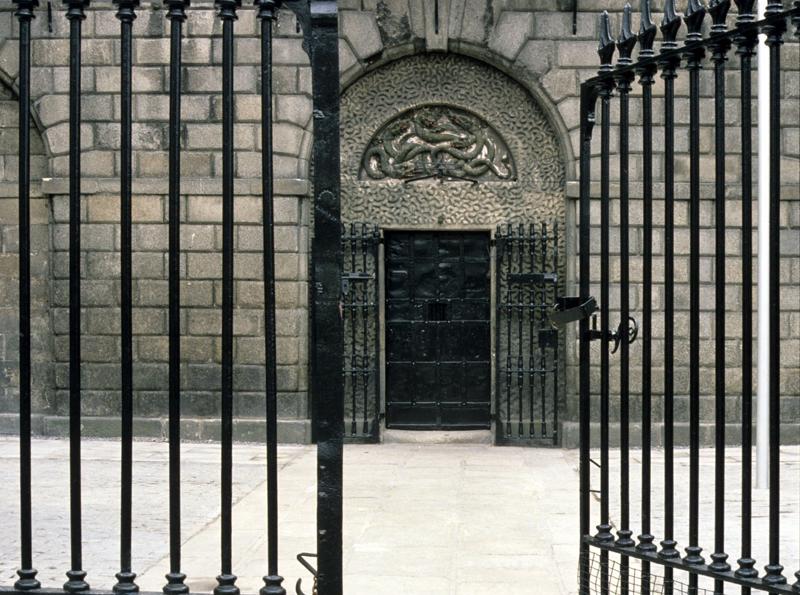
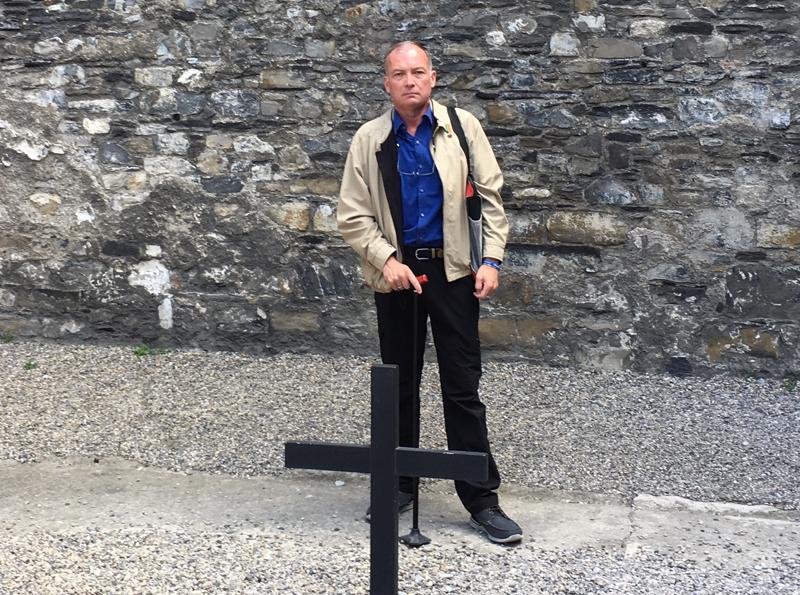
At some point during his imprisonment, he fashioned a ring out of a British tea spoon, which was handed down to me from my mother over 30-years ago. I’ve worn it during this trip in honor of my “Pop”.
On the 3rd of December 1921, seven months before my grandfather’s capture and imprisonment, Captain Peter B. Clarke, Commanding Officer of “B” Company, 3rd Battalion, was present when President Éamon de Valera was reviewing some 6,000 troops. His 3rd Battalion was known as the “Flying Column” because, after capturing and destroying a British post in one place, they would march across the country all night, go undercover for several days, and the attack again in a place many miles from their last target.
My grandfather was called to the reviewing stand that day in 1921 and de Valera presented him with the President’s Commendation Medal. Many of his family members were there and witnessed the memorable event for the Clarke and Parker clan.
My grandfather was also posthumously awarded the 1919 - 1921 Service Medal, and the War of Independence 1921 - 1971, 50th Anniversary Survivors Medal.
The medals were presented to our family and accepted on our behalf by his nephew, Frank Parker. Frank Parker was five years younger than my grandfather and the son of my grandfather’s oldest sister who raised him after his mother died in childbirth. Frank Parker also served in the I.R.A and spent some months with my grandfather in the Athlone internment camp after he too was arrested in August 1922 at the age of 17. Later in life Frank served as curator of the National Museum in Dublin and as family historian for the early lives of the Clarke’s and Parker’s.
Today Mountjoy Prison, founded as Mountjoy Gaol and nicknamed “The Joy”, is a medium security prison located in Phibsborough in the centre of Dublin. It has the largest prison population in Ireland.
I emailed Mountjoy because I heard there was a museum onsite but could not find any info on it. They replied that there is still a museum in Mountjoy prison, but it is run on a voluntary basis. I was extended an invite for a private visit and hope to work it into my schedule.
Left:
1919 - 1921 Service Medal
Right:
War of Independence 1921 - 1971,
50th Anniversary Survivors Medal.
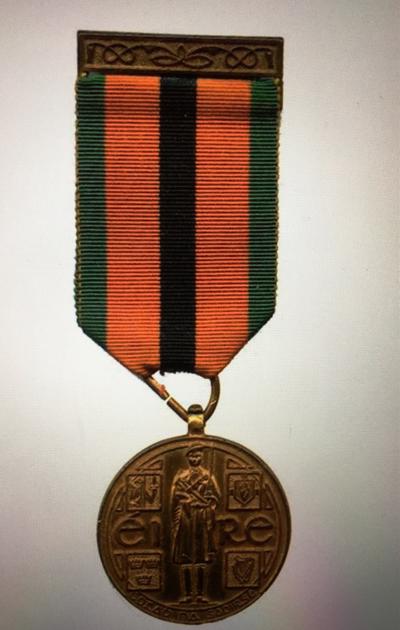
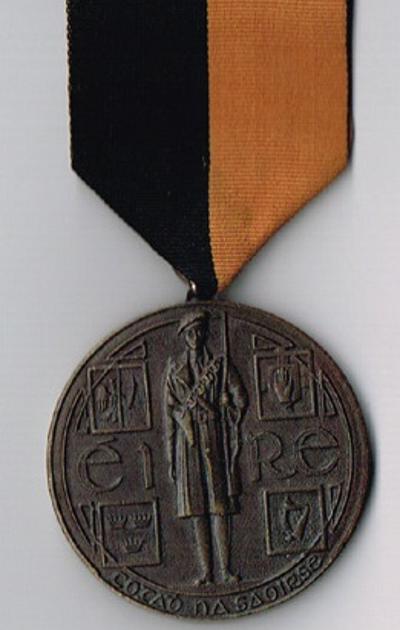

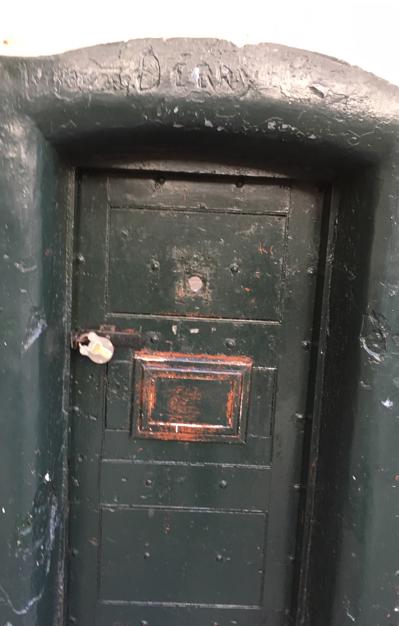

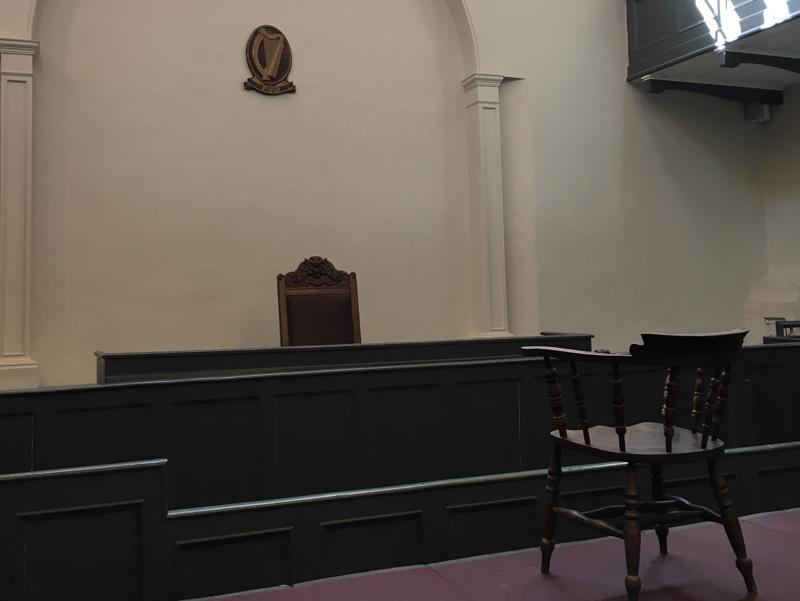
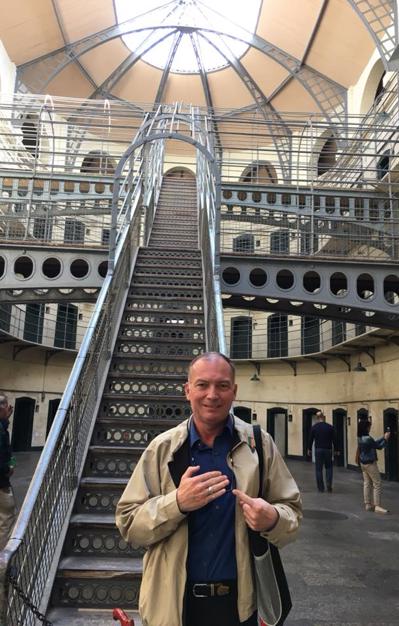
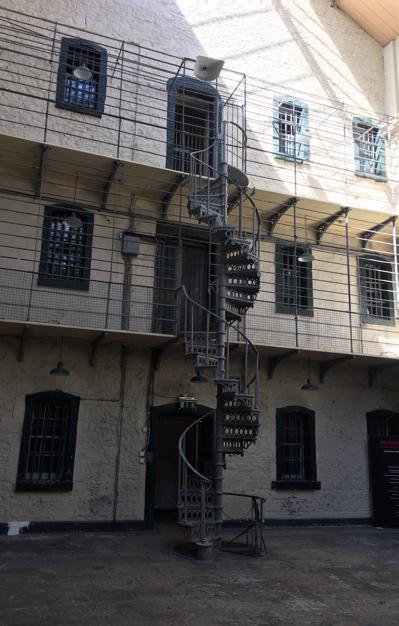
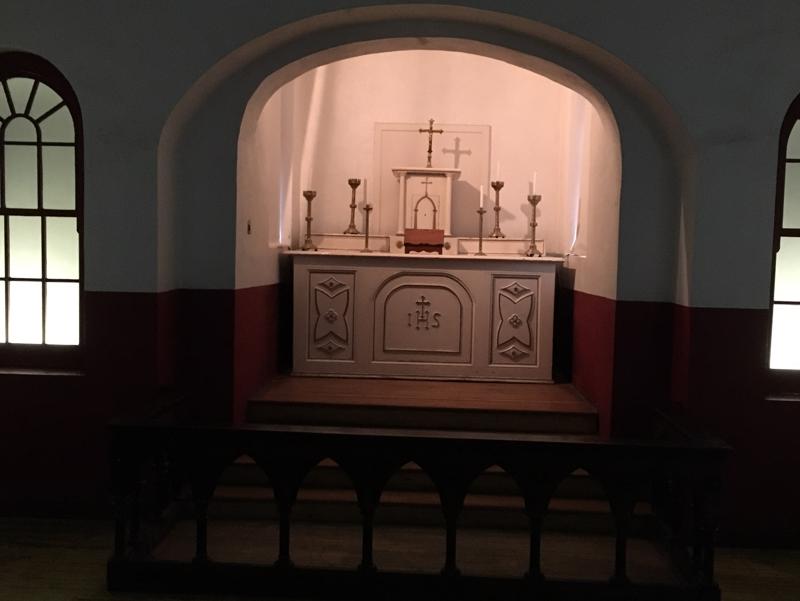
Dublin Castle was until 1922 the seat of the United Kingdom government's administration in Ireland, and is now a major Irish government complex. Most of it dates from the 18th century, though a castle has stood on the site since the days of King John, the first Lord of Ireland.
The Castle served as the seat of English, then later British government of Ireland under the Lordship of Ireland (1171–1541), the Kingdom of Ireland (1541–1800), and the United Kingdom of Great Britain and Ireland (1800–1922).
After the signing of the Anglo-Irish Treaty in December 1921, the complex was ceremonially handed over to the newly formed Provisional Government led by Michael Collins. There is a good movie on Amazon Video, "Michael Collins", that is worth a watch.
The castle today is a major tourist attraction and conferencing destination. The building is also used for State dinners, most significantly, the inauguration of the presidents of Ireland.
My guide today informed me that well over 50% of the population of Dublin is under age 30. That explains why I feel old here!
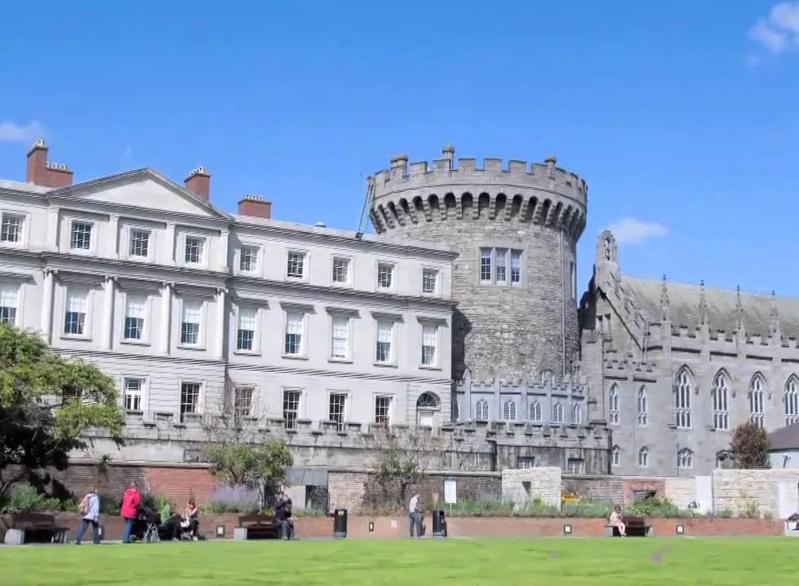
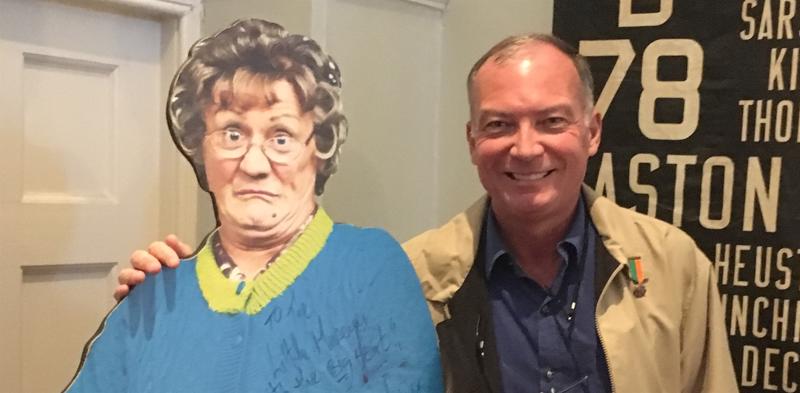
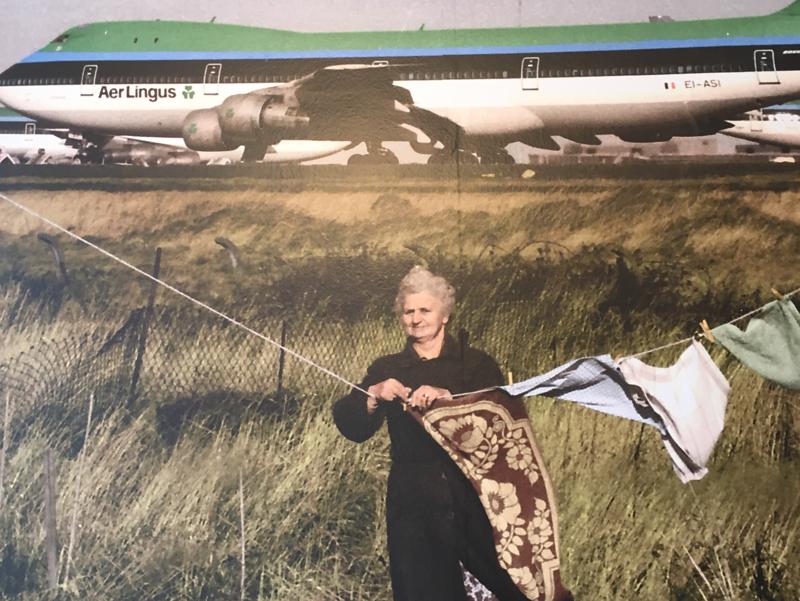
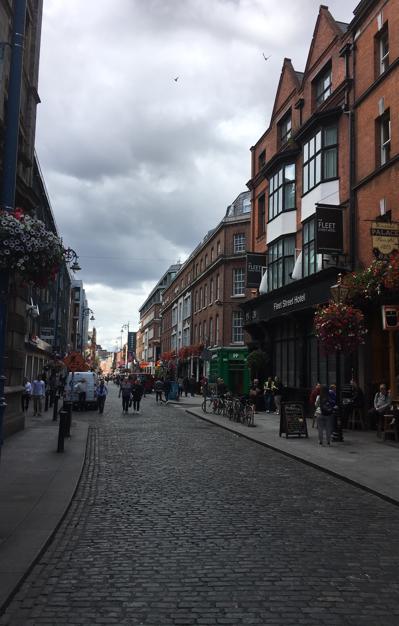
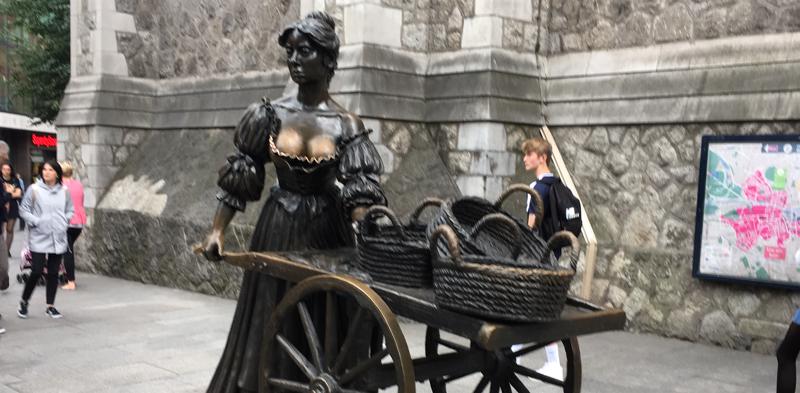
Tomorrow I will head south along the coast of the Irish Sea and take a car ferry to cross to the village of Rosslare Harbour (Irish: Cuan Ros Láir, meaning "harbour of the middle peninsula"). The village grew up to serve the needs of the harbour of the same name (now called Rosslare Europort), which is a short walk from by B&B for the night, the Ferryport House. Rosslare Harbour was developed in 1906 by the Great Western Railway and the Great Southern and Western Railway to accommodate steam ferry traffic between Great Britain and Ireland.
Although the harbour itself is located close to the previously existing settlement of Ballygeary, and actually in the townland of Ballygillane Big, it was named after the village of Rosslare.
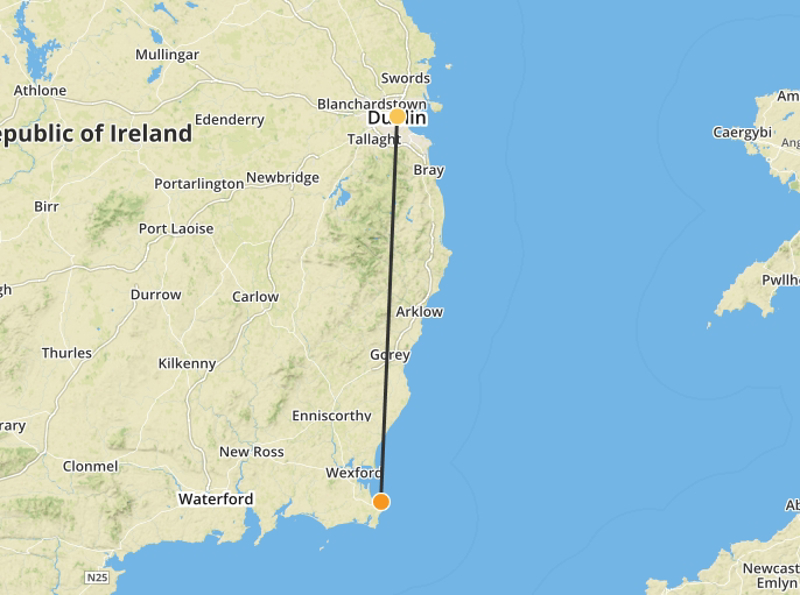
The village of Ballygeary was divided into two townslands, one known as tin town and the other as straw town. It is believed this was because of the roofs on the houses.
It prides itself on being the sunniest spot in Ireland, and records bear this out: Rosslare receives 300 hours more sunshine each year than the average place in Ireland.
The weather the past three days in Dublin has been wonderful so I am hoping Rosslare will great me with continued sunshine!
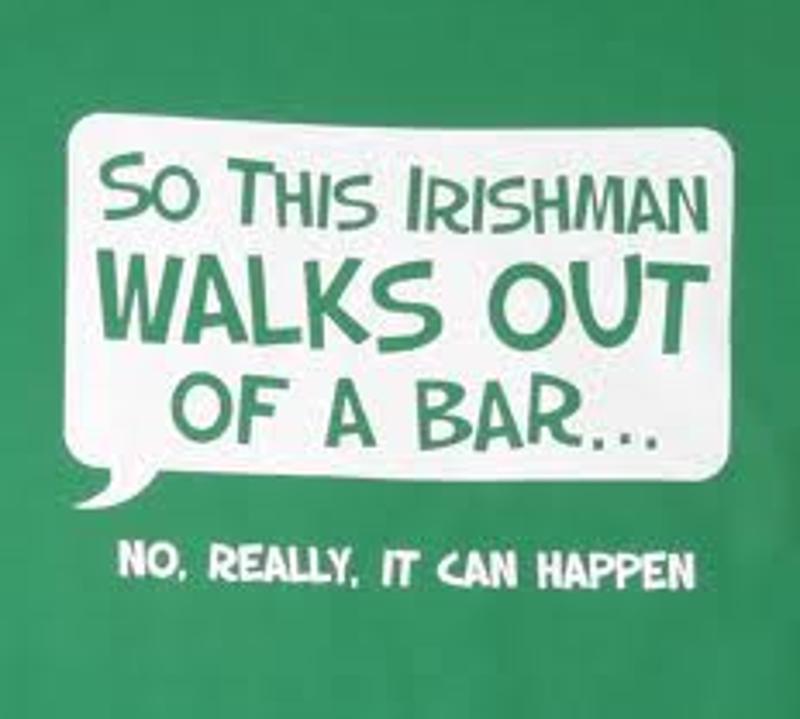
1.
Off to the Emerald Isle!
2.
Day 1: Dublin
3.
Day 2: Dublin
4.
Day 3: Dublin
5.
Day 4: Rosslare Harbour
6.
Day 5: Kinsale
7.
Day 6: Kinsale Part Two
8.
Day 7: The Wild Atlantic Way Begins...
9.
Day 8: The Wild Atlantic Way to Killarney
10.
Day 9: Tralee
11.
Day 10: Tarbert
12.
Day 11: Loop Head
13.
Day 12: Ballinasloe, Clarke Family History, & Knock Shrine
14.
Day 13: Galway City
15.
Day 14: Ballyvaughan - The Burren, County Clare
16.
Day 15: Cliffs of Moher. ALONE!!!
17.
Day 16: Connemara & Sligo
18.
Day 17: Sligo and Great Grandparents Devins
19.
Day 18: Roscommon & Athlone
20.
Day 19: Kildare, County Kildare & Dublin City
21.
Day 20: Mountjoy Prison, Dublin
22.
Day 21: Erin Go Bragh!
23.
Notes: Places I'd Stay Again
Share your travel adventures like this!
Create your own travel blog in one step
Share with friends and family to follow your journey
Easy set up, no technical knowledge needed and unlimited storage!